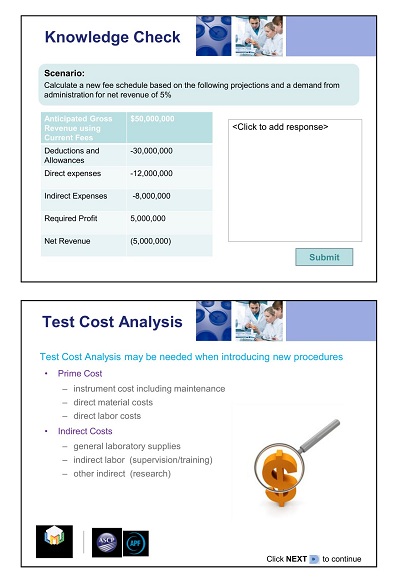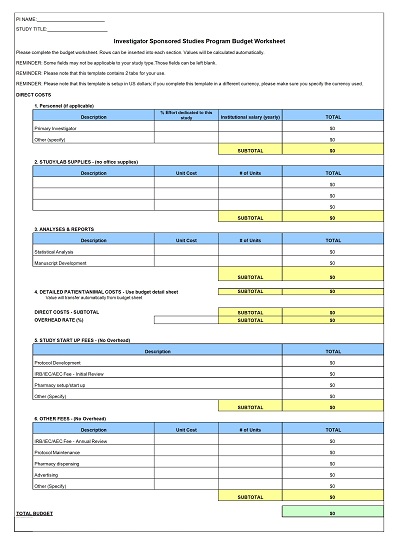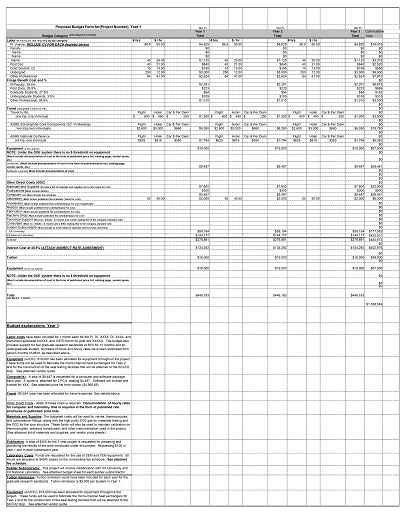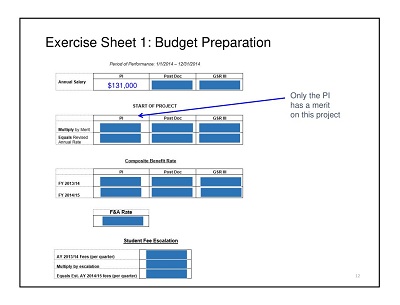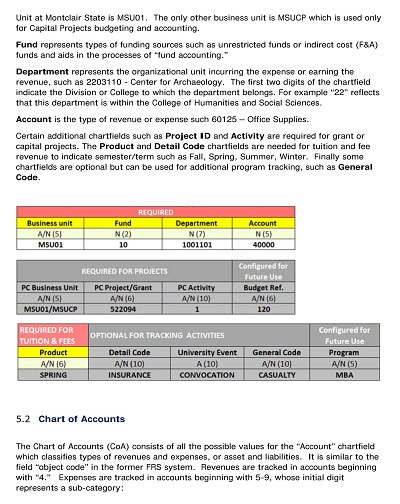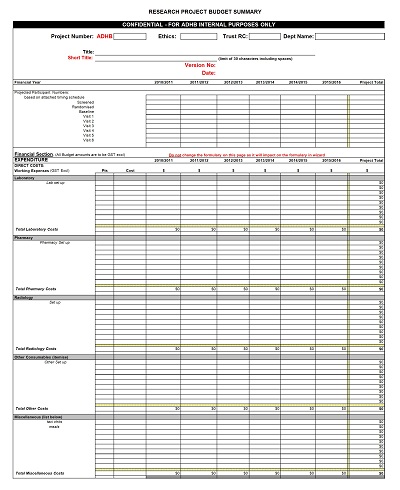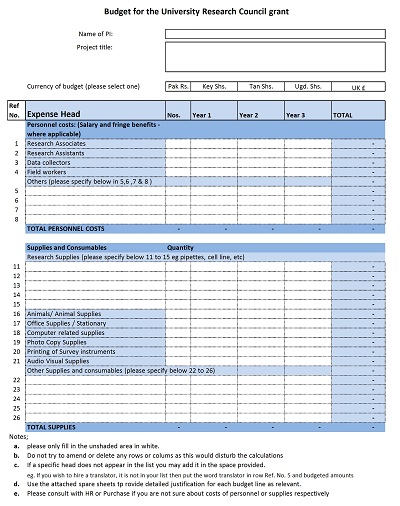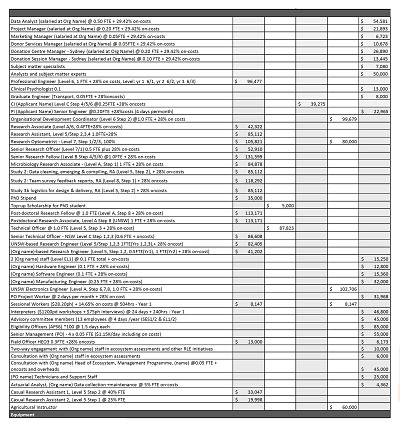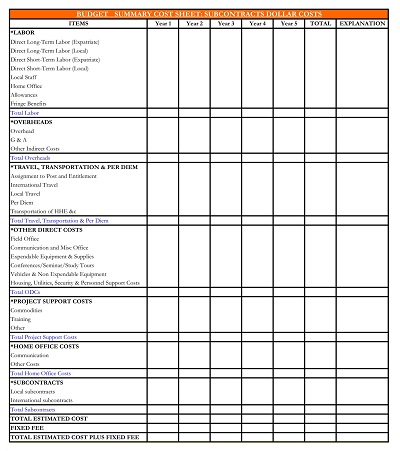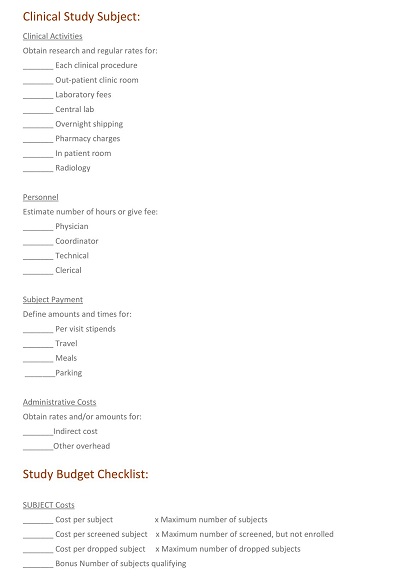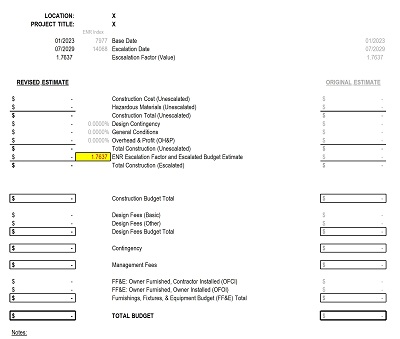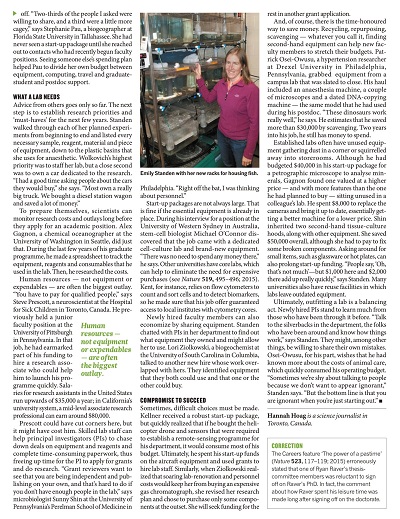18+ Free Laboratory Budget Templates – PDF, MS Excel
Running a laboratory is no small feat, and managing a budget can be particularly challenging. That’s where a laboratory budget template comes in handy. This tool is designed to help you track expenses, plan for purchases, and stay within your financial means. By using a laboratory budget template, you can gain insight into your spending habits and identify areas where you may be overspending.
Table of Contents
With this information in hand, you can make informed decisions about how to allocate resources and optimize your operations. So, whether you’re running a small research project or a large-scale facility, a laboratory budget template is an essential tool for maximizing efficiency and driving success.
Download Free Laboratory Budget Templates
Types of Laboratory Expenses
If you’re running a laboratory, you know that expenses can pile up quickly. But exactly what kind of expenses should you be expecting and how can you keep them under control? In this blog post, we’ll cover the types of laboratory expenses and give you some tips to help manage them.
Laboratory Supplies and Equipment
The most obvious type of expense for a laboratory is supplies and equipment. This includes everything from test tubes and beakers to microscopes and centrifuges. Depending on your particular area of research, you may need an extensive amount of specialized equipment. It’s important to research what kind of supplies you need before making any purchases to ensure that they will serve their purpose properly.
Utilities
Another major expense for laboratories is utilities. This includes electricity, gas, water, heat, air conditioning, etc. It’s essential to keep these costs under control to keep your budget balanced. One way to do this is by investing in energy-efficient equipment and appliances as well as other technologies such as LED lighting that can reduce your utility costs over time. Additionally, make sure that all doors and windows are closed when the lab is not in use so that cool or warm air isn’t escaping unnecessarily.
Laboratory Staffing Costs
Laboratories require staff members who are knowledgeable about laboratory operations and safety protocols for them to run smoothly and efficiently. As such, your biggest expense will likely be staffing costs such as salaries, benefits packages (e.g., health insurance), training courses for staff members, etc. To save money on staffing costs, consider hiring interns or other part-time workers who may not require full benefits packages or salaries but who still have the expertise needed for the job at hand.
Laboratory Budgeting Methods And Strategies
Managing a laboratory budget can be a perplexing task, especially if you have limited funding at your disposal. However, with proper planning and execution, you can optimize your resources and meet your research objectives. One essential strategy is to prioritize your expenses based on critical research needs, equipment maintenance, and personnel costs.
You can also save on costs by negotiating with vendors, centralizing purchasing, and involving your scientists and technical team in cost-saving initiatives. Another budgeting method would be to leverage grants from private and public organizations to fund your research programs. With the right budgeting methods and strategies, you can accomplish your laboratory research goals while staying on budget.
Analyzing Laboratory Budget Performance
Analyzing laboratory budget performance can be a daunting task, but it is essential for any organization that seeks to improve its financial health. A laboratory’s budget is a source of vital information that can be used to detect inefficiencies, identify areas of potential savings, and make informed decisions about resource allocation.
By analyzing a laboratory’s budget performance, managers can gain insights into the underlying factors that contribute to the organization’s financial performance. For instance, they can identify the areas in which costs are rising or falling, compare actual spending against planned spending, and evaluate the return on investment of various projects. Ultimately, robust budget analysis helps organizations optimize their resources and improve their bottom line.
How to Create a Laboratory Budget Template
A laboratory budget is a vital tool for any lab to have in place. It provides a template that allows you to plan, track and allocate funds based on the needs of the lab. But how do you create a laboratory budget template? Let’s look at the steps involved in crafting an effective budget template.
- Set Goals for the Budget Template: The first step in creating a laboratory budget template is to set goals for what you want to accomplish with it. This may include identifying areas where money can be saved, setting spending limits, or allocating funds for specific projects. Once your goals are identified, you can move on to the next step.
- Gather Historical Data and Projections: To get started on your budget template, you will need historical data as well as projections of expected costs and revenues. Your historical data should include details such as past expenditures, revenue sources, personnel costs, equipment purchases, etc. Having this information will help you create a realistic budget that takes into account both past performance and future expectations.
- Create Categories for Organization: Once you have gathered all of your data, it’s time to start organizing it into categories so that it’s easier to read. Some common categories include personnel costs, overhead expenses, equipment purchases, maintenance costs, research materials expenses, and other miscellaneous expenses. Grouping items together by category makes it easier to understand where money is being spent and make adjustments when needed.
- Plan for Variations in Your Budget Template: One of the most important aspects of creating a successful laboratory budget template is planning for variations in spending over time. You may find that certain projects require more funding than initially planned or unexpected events may arise that require immediate attention which could lead to additional expenditure. Planning ahead will help ensure that your overall budget stays on track even when unexpected surprises pop up along the way.

